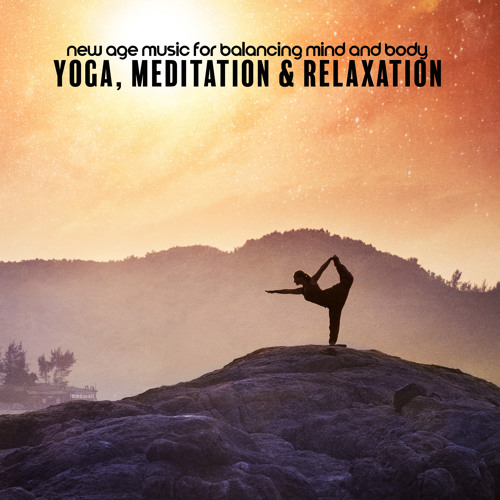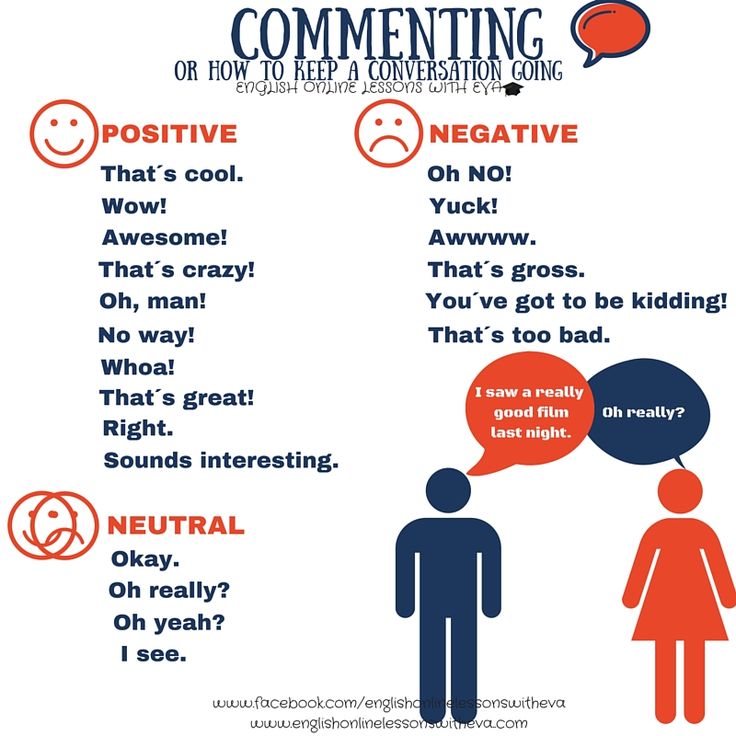Mindfulness meditations for the anxious traveler
In-Flight Mindfulness: 5 Meditations to Try When You're Traveling
When I was young, my mom had a terrible fear of flying. She would clench up on the way to the airport, gasp during the smallest air pocket mid-flight, and sigh with utter relief when we deplaned. Needless to say, we did not fly often.
Looking back, I wish I had known what I know now about meditation, and how it has the power to ease anxieties, such as that crippling fear of flying my mom suffered with. I’m happy to report that I did not inherit my mother’s phobia of flying, but airline travel can be stressful even for those of us who aren’t scared of it. And even as a daily meditator, I find it difficult to meditate with consistency while traveling, so I’ve learned to take advantage of my in-flight hours to practice mindfulness.
Maybe you’re terrified of flying, like my mom. Maybe you have anxiety about where you’re headed. Or maybe, you’re just looking for something to do on your next flight and want to use your sky time to maintain your practice. In any case, meditation just may be your key to flying with ease.
Whether you’re a frequent flyer or heading out on a once-in-a-lifetime adventure, make sure you keep your mindfulness routine intact with this guide—featuring a meditation for every phase of your journey. It’ll help you arrive at your destination feeling balanced and centered.
1. On the Way to the Airport
Sometimes when we are fearful of something or anxious, we work ourselves up more before the stressful experience than actually during it. On your drive to the airport (as long as you’re not driving), or while waiting to check in, try this short visualization exercise:
Close your eyes and picture a smooth and easy airport experience. Don’t even think about the plane or the flight yet, just focus on your time at the airport. Imagine a short wait at security, visualize yourself walking seamlessly to your gate with a smile, and picture the coffee, water, or breakfast you pick up on the way—just what you wanted.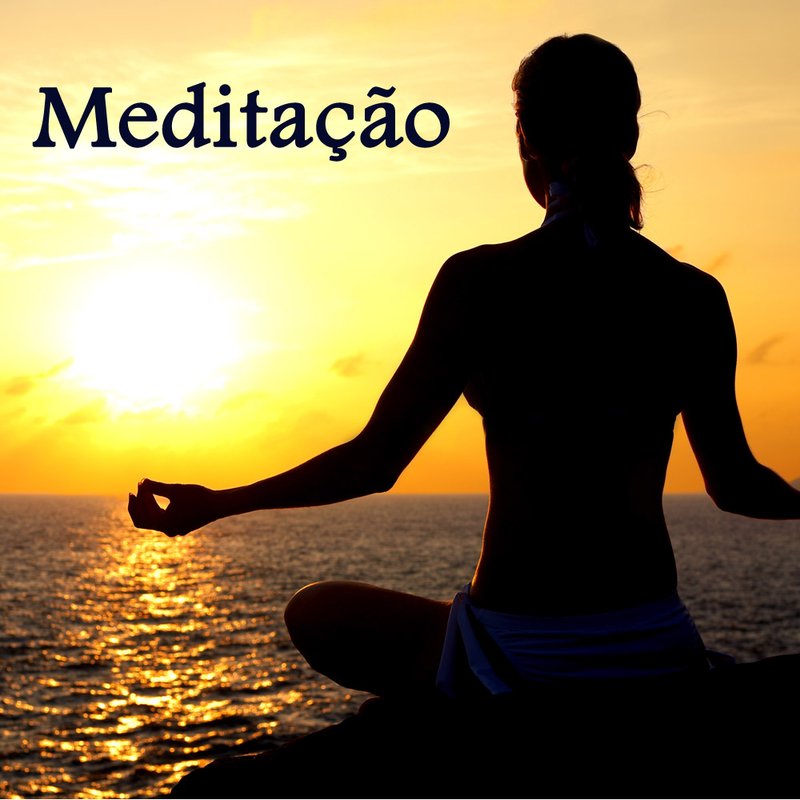 Fill in any positive details along the way.
Fill in any positive details along the way.
2. In a Long Security Line
If you must wait on a long line at security, use that time to close your eyes and take a few quiet moments to tune into your breath. Inhale to allow your lungs to fill completely, briefly pause at the top, and exhale fully, pausing before your next breath begins. Notice the qualities, textures and sensations of your breath as air moves in and out through your nose. If you need to move ahead in line, just open your eyes for a moment, take your step, and continue where you left off.
3. During Takeoff
If you have some anxiety about flying, takeoff will likely be the worst part of your whole experience. Know that while it may be more of a challenge to meditate during the most challenging part of your flight—it makes it all the more important. Since it does become harder, it’s the best time to put on some headphones (or ear buds) and tune into a guided meditation.
Even if you normally meditate without a guide, try this guided meditation by Tara Brach on your next flight during takeoff. It’ll help take the edge off those of you who are slightly worried, help distract those who are crippled with fear, and help anyone slip into a place of relaxation.
It’ll help take the edge off those of you who are slightly worried, help distract those who are crippled with fear, and help anyone slip into a place of relaxation.
4. Mid-Flight
You may want to order a stiff drink or reach for a sedative if you’re feeling frenzied on your flight. A noble alternative though, is meditation. What else will you do with your long flight?
Oftentimes the fear of flying comes from the thought process that you are unsafe. But the reality is that flying is the safest form of traveling—the least likely of any form of transportation to be involved in an accident. Take this statistic into your mind and into your mantra for this meditation.
Mantras are vehicles that take your mind to a quieter, more focused place during meditation. They help bring a sense of restful awareness to the mind state. Take a few deep, mindful breaths, then focus all of your attention on these words as you breathe:
- Inhale, silently saying the words “I am safe.
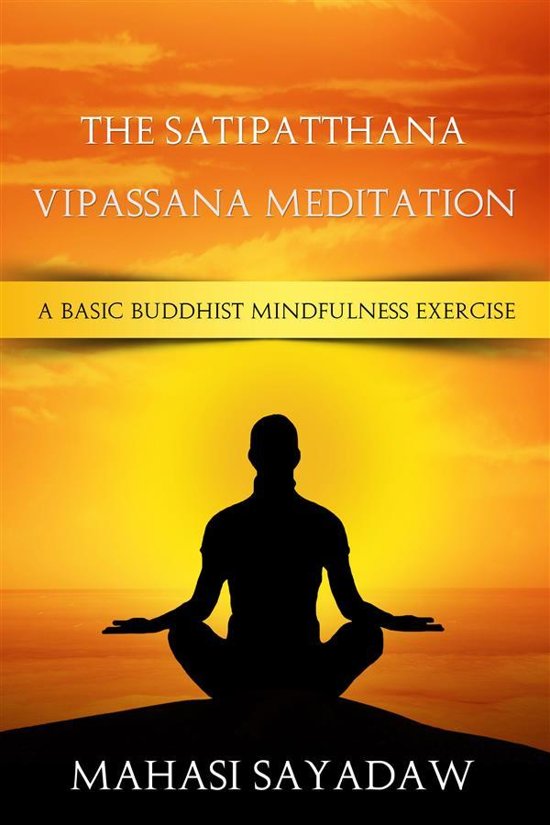 ”
” - Exhale, silently saying the words, ” I am calm.”
- Inhale, silently saying the words, “I am happy.”
- Exhale, silently saying the words, “I am at ease.”
Repeat this silent mantra for 10 to 20 minutes (longer, if it’s available to you). I recommend setting a timer so you know when to stop repeating the mantra. When your time is up, take another few minutes to focus on your breath—in and out through your nose—before opening your eyes. Enjoy the peaceful state of being that follows.
5. Landing
The seatbelt signs return, and your flight attendants request your seat to be upright and your tray to return to neutral. It’s time to land.
Sit up tall and close your eyes once again. Direct your attention away from the experience of landing and toward a visualization of what will follow after you land. Why are you traveling and where are you going?
Begin to visualize the very trip you are about to take:
- If you are going on vacation, imagine the ideal trip you would like to take—right down to the nitty gritty details.
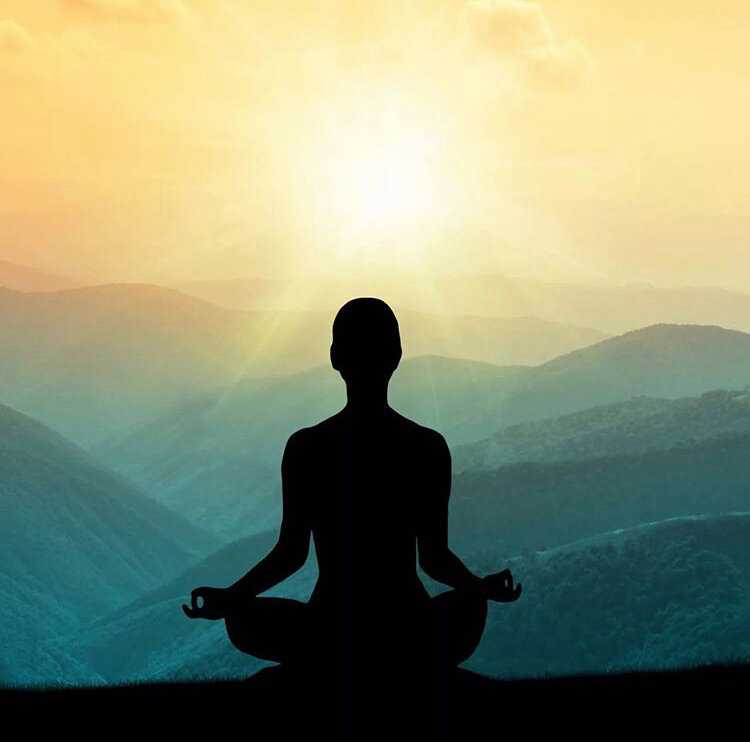 The arrival, the people, the conversations, the nature, the culture, the food—bring to mind every detail of your vacation and imagine it going as smooth as possible.
The arrival, the people, the conversations, the nature, the culture, the food—bring to mind every detail of your vacation and imagine it going as smooth as possible. - If you’re traveling for business, imagine the reason why you’re traveling and visualize every meeting, training, and project plan hitting a home run.
- If you’re traveling for a funeral or difficult experience, try to detach from the actual trip for the time of your landing and instead, tune into a familiar and comforting memory of the recent past. Bring to mind this memory and relive it in detail, as if it were happening all over again in your mind.
6. Any Phase of Your Trip
No matter where you are or what you’re doing—whether you are taking off, landing, or halfway through a 10-hour flight—you are going to be breathing. And generally, you are also going to being thinking. If you can consciously direct your thoughts to your breath—silently saying “in” while you inhale and “out” while you exhale—you can find some mindful moments while on the road or in the air.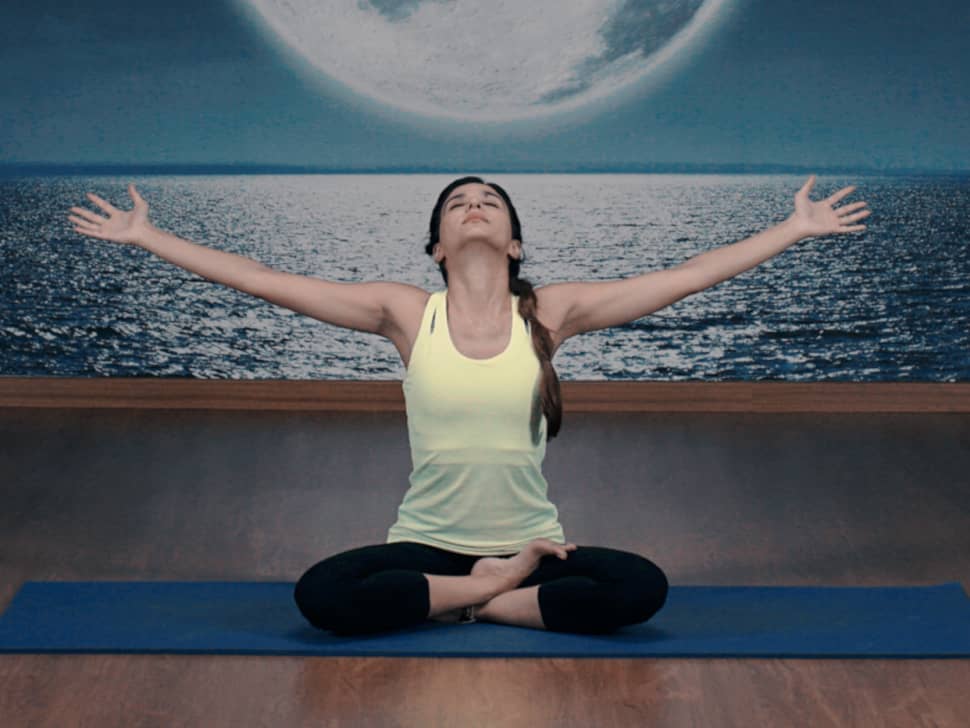
If you want to become more present, learn to better manage your stress, and find more clarity, confidence, and purpose in your life, consider partnering with a certified leadership and career coach to support you along the way.
Curious what coaching is all about? Learn about the coaching process and how it can help you reach your goals — and schedule a free, 30-minute coaching session with Melissa.
Mindfulness Meditations for the Anxious Traveler (ebook), Elisha Goldstein |...
Inkijkexemplaar
Auteur: Elisha Goldstein
- Engels
- E-book
- 27 december 2011
- 40 pagina's
- Adobe ePub
- Houd er rekening mee dat je downloadartikelen niet kunt annuleren of retourneren. Bij nog niet verschenen producten kun je tot de verschijningsdatum annuleren.
- Ebooks lezen is heel makkelijk. Na aankoop zijn ze direct beschikbaar op je Kobo e-reader op je smartphone of tablet met de gratis bol.com Kobo app.
Samenvatting
A short eBook designed to ease your mind about traveling.
Drawing on cutting edge psychology, neuroscience and mindfulness practices, Mindfulness Meditations for the Anxious Traveler offers you fresh, simple, practical exercises to become more aware of the space in between stimulus and response and to use those spaces in your life to break free from habitual beliefs and thoughts that don’t serve you. These techniques will enable you to travel without unnecessary anxiety.
Productspecificaties
Waar ben je naar op zoek?
Wij vonden geen specificaties voor jouw zoekopdracht '{SEARCH}'.
Inhoud
- Taal
- en
- Bindwijze
- E-book
- Oorspronkelijke releasedatum
- 27 december 2011
- Aantal pagina's
- 40
- Ebook Formaat
- Adobe ePub
- Illustraties
- Nee
Betrokkenen
- Hoofdauteur
- Elisha Goldstein
- Hoofduitgeverij
- Atria Books
Lees mogelijkheden
- Lees dit ebook op
- Android (smartphone en tablet) | Kobo e-reader | Desktop (Mac en Windows) | iOS (smartphone en tablet) | Windows (smartphone en tablet)
Overige kenmerken
- Studieboek
- Nee
EAN
- EAN
- 9781451683950
Je vindt dit artikel in
- Categorieën
-
- Religie, Spiritualiteit & Filosofie
- Spiritualiteit
- Meditatie
- Boeken
- taal
- Engels
- Boek, ebook of luisterboek?
- Ebook
- Studieboek of algemeen
- Algemene boeken
Nog geen reviews
Hoe controleren en plaatsen wij reviews? Hoe controleren en plaatsen wij reviews? Negatief, positief, neutraal: we zetten een review altijd online. We controleren wel eerst of ’ie voldoet aan onze reviewvoorwaarden en niet nep is. We controleren ook of ’ie is geschreven door iemand die het artikel heeft gekocht via bol.com en zetten dit er dan bij. De controles gebeuren automatisch, al kijken er soms mensen mee. Bol.com betaalt niet voor reviews. Als een reviewer door een andere partij is vergoed, staat dit in de review zelf.
We controleren wel eerst of ’ie voldoet aan onze reviewvoorwaarden en niet nep is. We controleren ook of ’ie is geschreven door iemand die het artikel heeft gekocht via bol.com en zetten dit er dan bij. De controles gebeuren automatisch, al kijken er soms mensen mee. Bol.com betaalt niet voor reviews. Als een reviewer door een andere partij is vergoed, staat dit in de review zelf.
Direct beschikbaar
Verkoop door bol.com
Mindfulness Meditations for the Anxious Traveler
12,29 verkoop door: bol.com
- E-book is direct beschikbaar na aankoop
- E-books lezen is voordelig
- Dag en nacht klantenservice
- Veilig betalen
Mindfulness Meditation - Meditopia EN
Mindfulness Meditation is a practice that aims to help us feel the present moment more sharply, draw our attention to our bodily sensations and thoughts.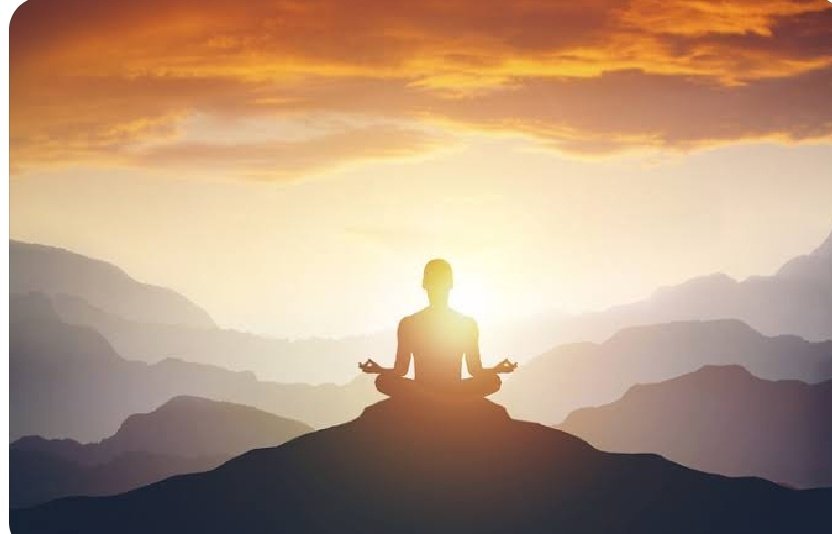
Mindfulness meditation uses a variety of techniques to help focus on the present moment, one of them is using the breath as an anchor. Every time during practice we are distracted by our thoughts, we need to focus our attention on breathing. Observing the natural rhythm of inhaling and exhaling brings us back to the present moment.
In addition to focusing on the breath, observing the sensations that arise in the body is also an important part of mindfulness meditation. The information that we receive through our organs of hearing, sight, smell, taste, touch plays an important role in the development of awareness.
Mindfulness meditation should not be confused with first aid for getting out of difficult situations. The purpose of the practice is not to replace one feeling with another, but to develop the ability to accept what we feel here and now.
How to Meditate
One of the goals of the practice is to make meditation a habit.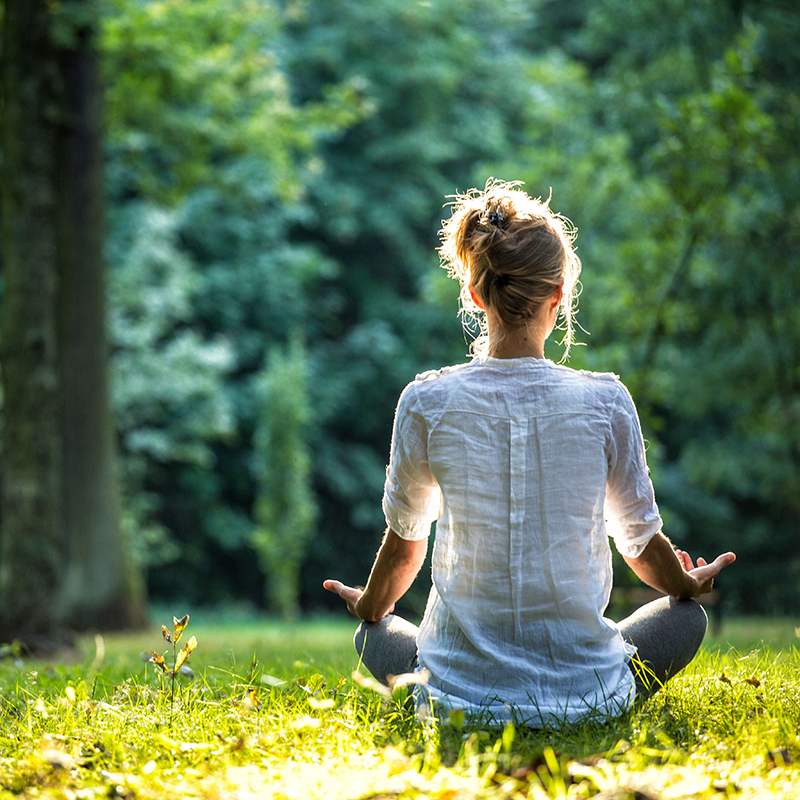 The fastest way to achieve this is to incorporate the practice into your daily routine. Therefore, if you are a beginner, try to set aside certain times during the day for meditation. But don't pressure yourself! Learning meditation techniques is also a part of the process that is very important.
The fastest way to achieve this is to incorporate the practice into your daily routine. Therefore, if you are a beginner, try to set aside certain times during the day for meditation. But don't pressure yourself! Learning meditation techniques is also a part of the process that is very important.
Don't jump to conclusions. Meditation does not promise only pleasant sensations after each practice, so accept the fact that each meditation will be different from the previous one. Remember, there are no people who cannot meditate. All it takes is regularity and trust in the process. Give yourself as much time as you need, study yourself with sincere curiosity, but without judgment.
Prepare yourself for meditation. Before you sit down to meditate, remind yourself why you want to continue the practice and try to notice how you feel right after it. The desire and intention to meditate is important for staying motivated. The purpose of meditation is not to completely get rid of thoughts. Instead, we are trying to shift our focus of attention to what is happening in our body, in our soul, in our head, here and now. Whatever you experience during meditation is normal. Just stay in the moment and focus on the practice.
Instead, we are trying to shift our focus of attention to what is happening in our body, in our soul, in our head, here and now. Whatever you experience during meditation is normal. Just stay in the moment and focus on the practice.
The practice of compassion is an important part of the concept of mindfulness. There are three levels of compassion: the compassion we receive from others, the compassion we give to others, and the compassion for ourselves. At the first level, we accept the sympathy and understanding that others give us. The second level involves acknowledging someone else's pain and being able to offer solace. Self-compassion, on the other hand, helps us to soften our inner critical voice and show kindness and care towards ourselves. In difficult times, each of these levels is especially relevant. If you find it difficult to continue meditating or you feel that you are doing something wrong, instead of criticizing yourself, remember the power of compassion and understanding.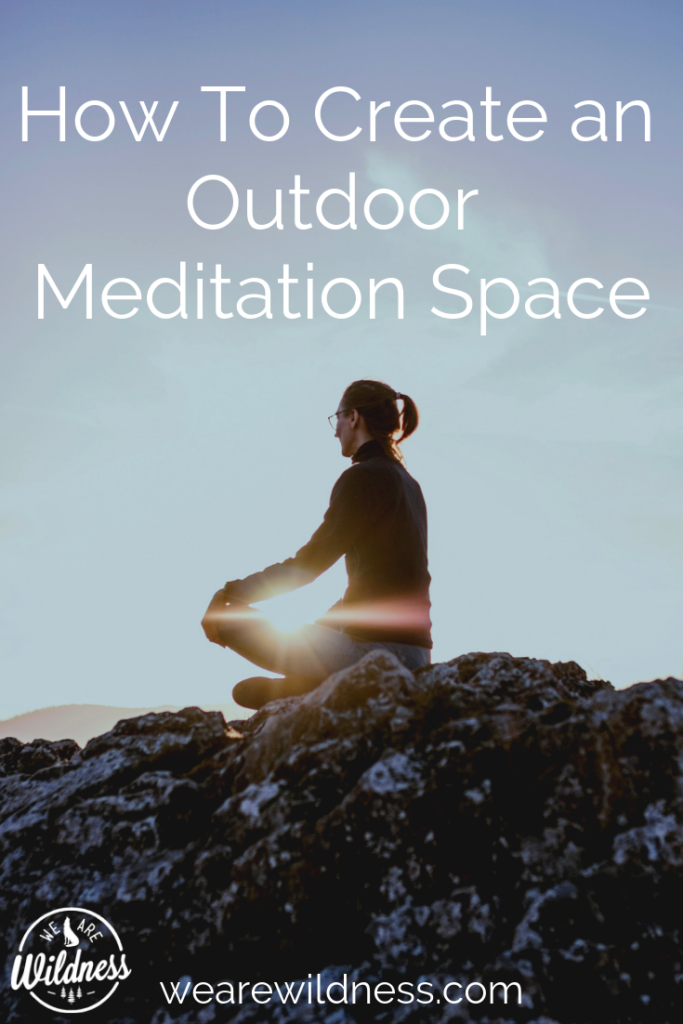 Some days are easier, some are harder. Your experience will change over time. Create a space where you are kind to yourself, not judging your experience, but accepting it for what it is.
Some days are easier, some are harder. Your experience will change over time. Create a space where you are kind to yourself, not judging your experience, but accepting it for what it is.
What should be done before meditation?
The essence of meditation is concentration on the breath and your feelings, so it is very important to find a comfortable place where you can focus on the present moment without distractions. Only when we feel comfortable and safe can we relax and look within ourselves, explore our body and mind. However, remember that there are alternative ways to make mindfulness a part of your life.
Often when we talk about meditation, many people think that it means sitting in the lotus position for a long time. Such an idea leads to the fact that people have the thought: “I can’t sit in the lotus position, which means I can’t meditate!” However, there are different postures for meditation, and you are sure to find one that suits you.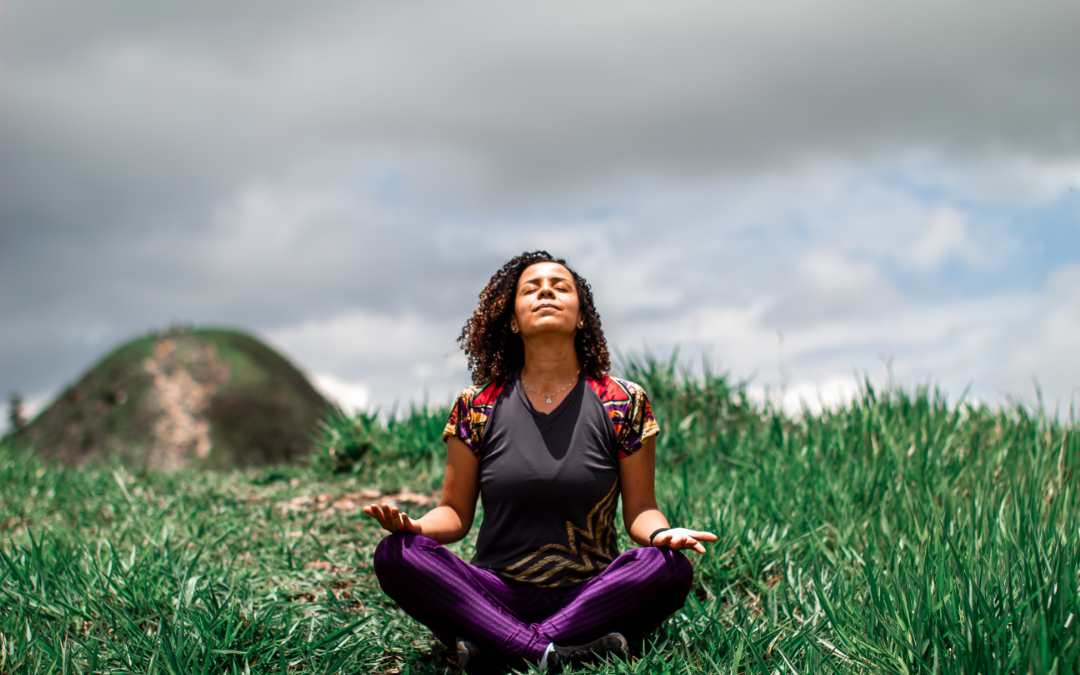 You can sit on a chair with your feet touching the floor, or you can sit cross-legged. The best position is the one you feel most comfortable in. You can also meditate while lying down, but remember that this position is more likely to fall asleep quickly. Even though some meditations are designed to help you fall asleep, our main intention is to be aware of the present moment.
You can sit on a chair with your feet touching the floor, or you can sit cross-legged. The best position is the one you feel most comfortable in. You can also meditate while lying down, but remember that this position is more likely to fall asleep quickly. Even though some meditations are designed to help you fall asleep, our main intention is to be aware of the present moment.
Meditation and stress
Stress and anxiety are among the most frequent emotions in our daily life, the consequences of these destructive conditions are familiar to many. Meditation allows you to reduce stress levels and find a state of peace and relaxation. Scientifically proven programs such as Mindfulness-Based Stress Reduction (MBSR) clearly demonstrate that meditation is an effective tool in dealing with stress.
However, it is important to understand that mindfulness or meditation alone is not the primary therapy for chronic stress or anxiety, as these conditions can have causes that require serious treatment. The practice of mindfulness meditation helps form new habits and lead to structural changes in the brain by affecting the areas responsible for regulating attention and emotions. Research shows that mindfulness meditation not only helps reduce stress levels, but also increases resilience to negative thoughts during times of stress.
The practice of mindfulness meditation helps form new habits and lead to structural changes in the brain by affecting the areas responsible for regulating attention and emotions. Research shows that mindfulness meditation not only helps reduce stress levels, but also increases resilience to negative thoughts during times of stress.
Try meditation at Meditopia for stress relief now!
Similar articles
Mindfulness meditation - ways of meditation, a guide to understanding your soul and body
Namaste everyone, friends! Today, the most important topic on the agenda is awareness. We all know this word very well, but do we practice what it implies? How aware are you of every action you take, every thought that comes into your head, or every emotion you experience? We spend most of our lives sleeping, even if we are physically awake. Hence absent-mindedness, forgetfulness, eternal anxiety, causeless fears, carelessness in words and thoughtless emotional outbursts, for which one is then ashamed.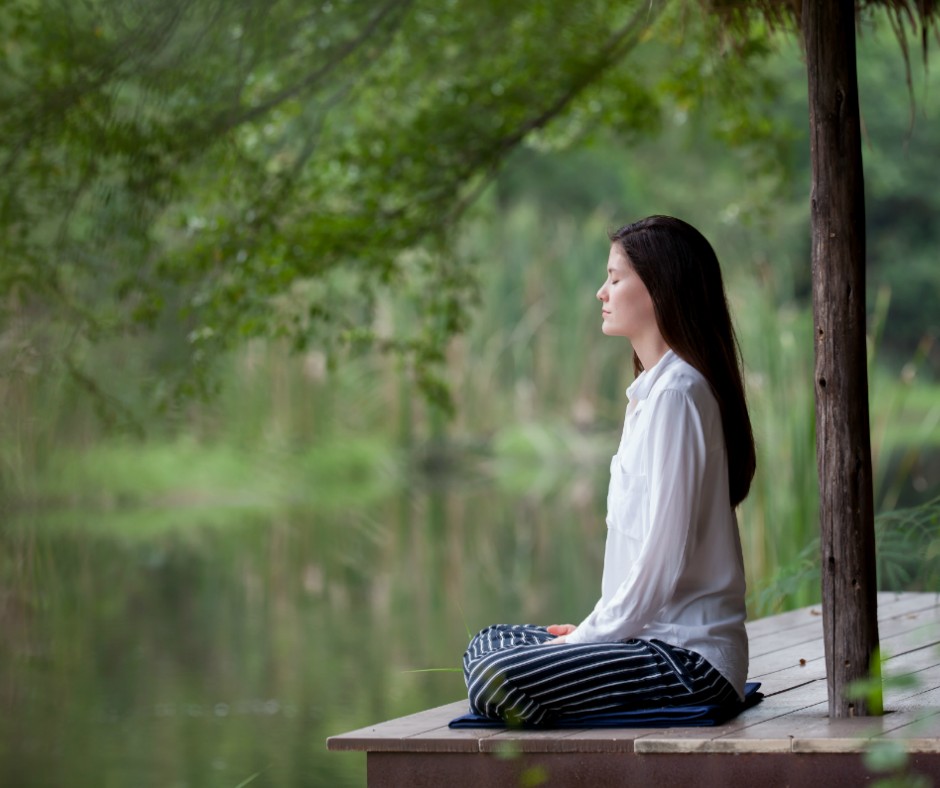 Mindfulness meditation, or mindfulness meditation, is precisely aimed at awakening us from this restless waking sleep and filling our mechanical existence with life.
Mindfulness meditation, or mindfulness meditation, is precisely aimed at awakening us from this restless waking sleep and filling our mechanical existence with life.
Content of the article
- What is the meaning of mindfulness?
- How did mindfulness meditation come about?
- Preparing to Meditate to Develop Mindfulness
- A Suitable Place to Practice
- Ways to Meditate to Achieve Mindfulness
- Mindfulness Meditation: A Practical Guide
- Tips for Beginners
- Common Mistakes in Mindfulness 3 Practice 904 Mindfulness in Daily Life0044
- Once again about mindfulness meditation
What is the meaning of mindfulness?
The word mindfulness is translated from English as “mindfulness”, “remembering”, “attention”, but such definitions are too superficial and do not exhaust all the depth of its meaning. Mindfulness is a set of meditation techniques aimed at keeping the focus of attention in the present moment as much as possible.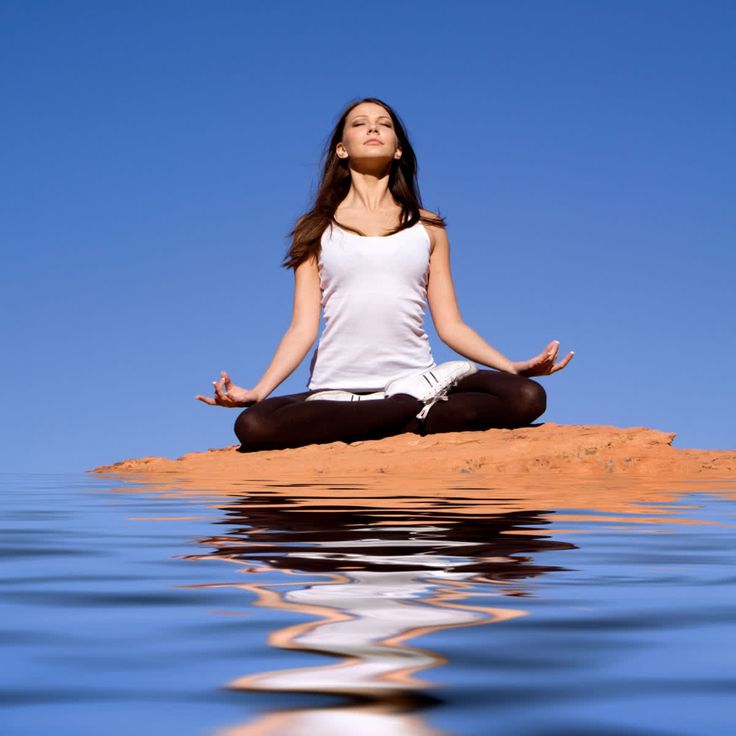 The bottom line is that we are fully aware and accept what is happening without criticism and condemnation, we are completely open to the experience that we are experiencing right now and are aware of every moment. Roughly speaking, if we eat an apple, then the whole Universe closes for us on this apple: all that worries us at the moment is its color, smell, taste, texture, etc. This practice eventually leads to the fact that Every moment becomes precious for us. We are beginning to spend more and more time just living life, and not twisted in its mental projections. All our actions acquire an unprecedented meaningfulness, the mind begins to work more smoothly, emotions no longer dominate us, and awareness becomes our constant companion. We can say that mindfulness is the key to self-management. By practicing mindfulness meditation, a person becomes conscious, gets rid of chronic stress and irritability, his nervous system heals, and his intellectual abilities become sharper at times.
The bottom line is that we are fully aware and accept what is happening without criticism and condemnation, we are completely open to the experience that we are experiencing right now and are aware of every moment. Roughly speaking, if we eat an apple, then the whole Universe closes for us on this apple: all that worries us at the moment is its color, smell, taste, texture, etc. This practice eventually leads to the fact that Every moment becomes precious for us. We are beginning to spend more and more time just living life, and not twisted in its mental projections. All our actions acquire an unprecedented meaningfulness, the mind begins to work more smoothly, emotions no longer dominate us, and awareness becomes our constant companion. We can say that mindfulness is the key to self-management. By practicing mindfulness meditation, a person becomes conscious, gets rid of chronic stress and irritability, his nervous system heals, and his intellectual abilities become sharper at times.
How did mindfulness meditation come about?
Although the term “mindfulness meditation” is relatively recent, the practice itself is far from new. Mindfulness awakening techniques are thousands of years old and have roots in yoga, Taoism, Buddhism, and other esoteric traditions. However, mindfulness meditation gained wide popularity only at the end of the 20th century. The origin of the practice of mindfulness is associated with the name of John Kabat-Zin, a specialist in molecular biology. At 19In 79, while working at the University of Massachusetts Medical Center, he developed a rehabilitation program for people suffering from clinical depression. The therapy is based on the centuries-old experience of Eastern meditation techniques and scientific research in the field of cognitive psychology. The synthesis of science and spirituality gave amazing results. People who had severe depressive disorders were twice as likely to experience outbreaks of the disease. Mindfulness meditation has also been shown to be effective in treating phobias and anxiety. It is the evidence base and scientific approach that have provided mindfulness meditation with recognition throughout the world.
Mindfulness awakening techniques are thousands of years old and have roots in yoga, Taoism, Buddhism, and other esoteric traditions. However, mindfulness meditation gained wide popularity only at the end of the 20th century. The origin of the practice of mindfulness is associated with the name of John Kabat-Zin, a specialist in molecular biology. At 19In 79, while working at the University of Massachusetts Medical Center, he developed a rehabilitation program for people suffering from clinical depression. The therapy is based on the centuries-old experience of Eastern meditation techniques and scientific research in the field of cognitive psychology. The synthesis of science and spirituality gave amazing results. People who had severe depressive disorders were twice as likely to experience outbreaks of the disease. Mindfulness meditation has also been shown to be effective in treating phobias and anxiety. It is the evidence base and scientific approach that have provided mindfulness meditation with recognition throughout the world.
Preparing for mindfulness meditation
The practice can be done while sitting on a mat or in a chair. Choose an asana that is comfortable for you and get ready to spend the next 10-30 minutes in it.
It is highly recommended to meditate in the sitting position, and not lying down, as in the latter case there is a risk of losing vigilance and falling asleep. Preparation for meditation includes the following points:
- Focus training. Attention is the foundation without which mindful meditation is impossible. It develops attentiveness in solving analytical problems, thoughtful reading and learning languages.
- Muscle warm-up. Maintaining stillness is one of the key points of practice, therefore, in order for the posture (you can give a link to an article on how to sit during meditation) does not bring discomfort, you must first stretch the body well. You can perform several yoga exercises: they will not only warm up the muscles and energize, but also create the right frame of mind.
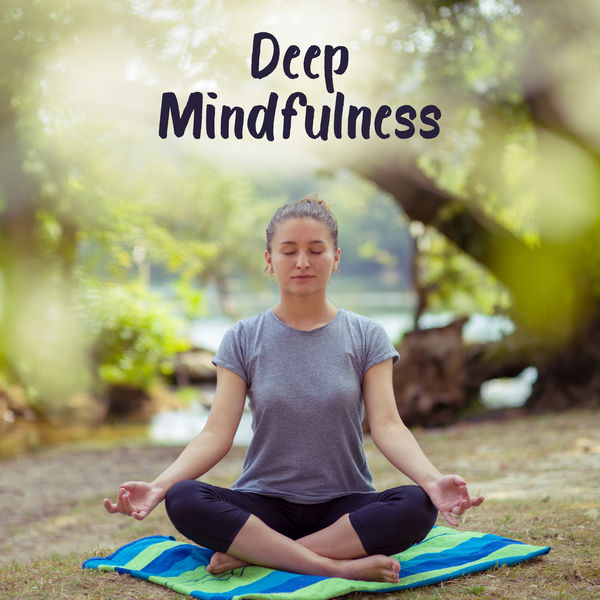
A suitable place for practice
The place for practice should be arranged in advance. You can go to meditate somewhere in nature, for example, in the forest or in the mountains. This option is most preferable, since nature itself is conducive to meditation. If this is not possible, you can retire to your room, having previously created the proper environment: close the curtains in bright sunlight, dim the lights, turn off the phone and eliminate all other external stimuli. It is allowed to include an audio recording with the sounds of wildlife (ocean noise, birdsong, etc.), but this is at your discretion. It is good if there is a lot of green in the room: it has a relaxing and calming effect on the brain. Choosing the right location is especially important for those who are just starting to master mindfulness meditation. It is highly desirable to meditate in the same place, at the same time, in order to develop a reflex and immediately switch to the desired mode.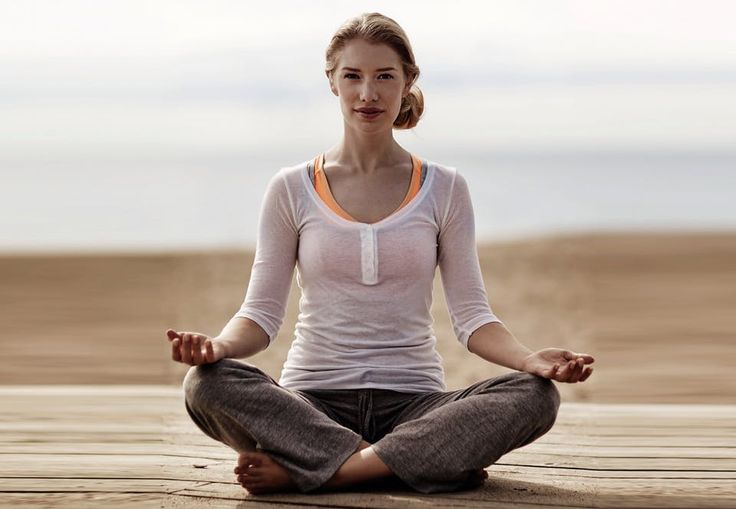 Subsequently, having gained experience, you can practice anywhere, because in fact this requires only your desire.
Subsequently, having gained experience, you can practice anywhere, because in fact this requires only your desire.
Ways of meditation to achieve mindfulness
There are several basic mindfulness meditation techniques:
- Breath awareness. This is the basic minefulness technique. The focus of attention in this practice is on the breathing process. It acts as an object of meditation: we monitor its rhythm, frequency, temperature of the incoming and outgoing air flow. Each inhalation and exhalation is maximally meaningful.
- Conscious meditation on the body. This technique teaches us to better feel our own body and be more attentive to the signals it gives us. The point is to relax the whole body as much as possible, and then carefully scan each part of it for sensations: here you need to dispassionately record and accept any change in the body, pleasant or unpleasant.
- Awareness of one's immortal soul. In this case, our goal is to be fully aware of all the mental processes that take place in consciousness.
 No need to try to somehow control these processes or get involved in them. We act as impersonal observers. We kind of materialize every thought and emotion and dissect it on the platter of our awareness. The more we meditate, the more we realize that all these changing thought and emotional currents are not us. The elusive observer of all this is our true essence, that very immortal spiritual principle.
No need to try to somehow control these processes or get involved in them. We act as impersonal observers. We kind of materialize every thought and emotion and dissect it on the platter of our awareness. The more we meditate, the more we realize that all these changing thought and emotional currents are not us. The elusive observer of all this is our true essence, that very immortal spiritual principle.
These methods can be used as different stages within the same meditation or as independent techniques.
Mindfulness Meditation: A Practical Guide
Below is a mindfulness meditation guide for beginning practitioners:
- Setting up. Sit in a comfortable position, close your eyes, and relax your whole body. Let go of any tension. The tip of the tongue should lightly touch the upper palate. Take a few deep breaths in and out.
- Breathing fixation. Watch your breathing process. Do not try to control him, just follow him and note all his features.

- Fixation on the abdomen. Move your attention to the abdomen four fingers below the navel. There is the so-called hara (translated from Japanese as “belly”) - the accumulator of vital energy in the body. Focus on this point and feel the movement of energy flows.
- Rooting. Now be aware of the contact surface of the body with the mat. Feel it and feel the stability of your position. Imagine yourself as a tree rooting deep into the earth, or an unshakable mountain. Settle in this feeling.
- Introspection. Start tracking and becoming aware of everything that happens in your mind: internal dialogues, images, memories, emotions, etc. The most important thing is not to judge, not to try to suppress or change the content of the mind and not to get carried away by it: just observe mental phenomena and label them. For example, “this is an emotion” or “this is an image”. Thoughts will appear out of nowhere and disappear into nowhere. Let them do it. If you are distracted by a thought, gently let it go and return to the present moment.

- Awareness of the observer. Now pay attention to who is behind the observation process. Be aware of the part of you that is watching what is going on in your mind. How limitless is this part? Can you go beyond it? Is one who is aware of the contents of the mind different from one who is aware of awareness? Stay in this state. At the end of the meditation, take a few deep breaths in and out and open your eyes.
Tips for Beginners
These tips will help you move faster on the path of mindfulness:
- Regularity. It is necessary to turn awareness into a habit. Make it part of your daily routine: 10 free minutes a day can be found even with the busiest schedule.
- Diary of practice. At first, it's helpful to keep records in order to record progress and track any changes in behavior. For example, you managed to cope with some negative emotion or became less prone to depression. All this can be reflected in the diary in order to visually demonstrate to yourself the positive dynamics in the development of awareness.

- Find like-minded people. You can spend more time with people who share your aspirations, discuss the results with them and share your impressions. It will be great if you can find a more conscious practitioner who can share the experience and answer your questions if necessary.
Common mistakes in mindfulness meditation
These mistakes are made by almost everyone who is just starting to master mindfulness meditation:
- Self-criticism. When you observe your thoughts and emotions, you may not like all of them. It happens that you have to deal with aggression, anxiety, stupid and destructive mental images. All this can demotivate an unprepared practitioner and convince him of his own inferiority. He can reason like this: "If I have such thoughts and emotions, then I'm bad." The important thing to realize here is that you don't choose what your mind generates. Treat it like the weather. You do not influence, for example, the clouds: they come and go against your will.
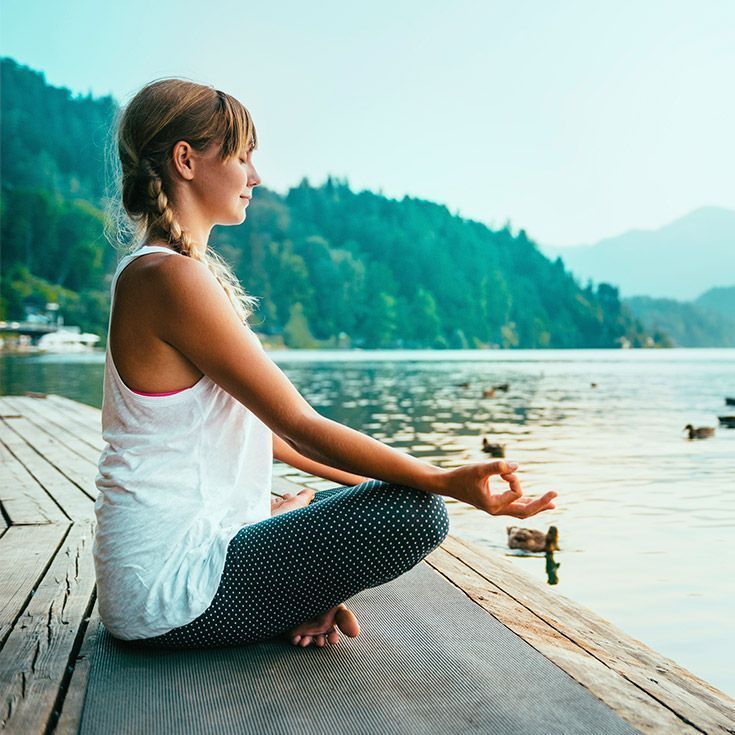 The same goes for the contents of your mind. It is in your power to change only your attitude towards him. Do not judge yourself for it, do not be categorical, keep impartiality and distance.
The same goes for the contents of your mind. It is in your power to change only your attitude towards him. Do not judge yourself for it, do not be categorical, keep impartiality and distance. - Attempt to suppress negativity. If the thoughts and feelings that come up seem wrong, many meditators do their best to eliminate them. This is the wrong strategy. When we enter into a struggle with our mind, consciousness splits into two conflicting sides: one tries to curb the other. In practice, this only exacerbates the problem and leads to the illusion of separation. Our task is not to resist the emerging thoughts. We remember that these are just clouds in the sky of our consciousness. Let them follow their own path without trying to stop or dispel.
How to train mindfulness in everyday life
It is important to practice mindfulness not only on the meditation mat, but in all areas of your life:
- Mindful walking. During the walk, pay attention to the pace of walking, the width and firmness of the step.
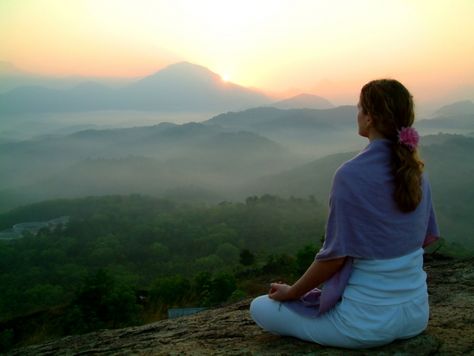 Watch which muscles are included in the work, note the moments of contact of the foot with the ground. You can slow down to get a better feel for each step.
Watch which muscles are included in the work, note the moments of contact of the foot with the ground. You can slow down to get a better feel for each step. - Mindful eating. Turn every meal into a ritual. Going back to the apple example, before you eat a fruit, examine it from all sides, feel its smooth surface, enjoy its aroma - use all the senses. Then take a bite and observe the reaction of taste buds. This approach to eating will help track the moment of satiety and get much more pleasure from eating.
- Conscious communication. During a conversation, focus all your attention on the interlocutor. Observe his demeanor, facial expressions, gestures and timbre of speech. Immerse yourself in what he tells you. Feel his feelings and spiritual mood.
Fill every action with awareness. Whatever you do, give it your all. Let your every action, from brushing your teeth to driving a car, turn into meditation.
Once again about mindfulness meditation
Mindfulness meditation is both a simple and complex practice.